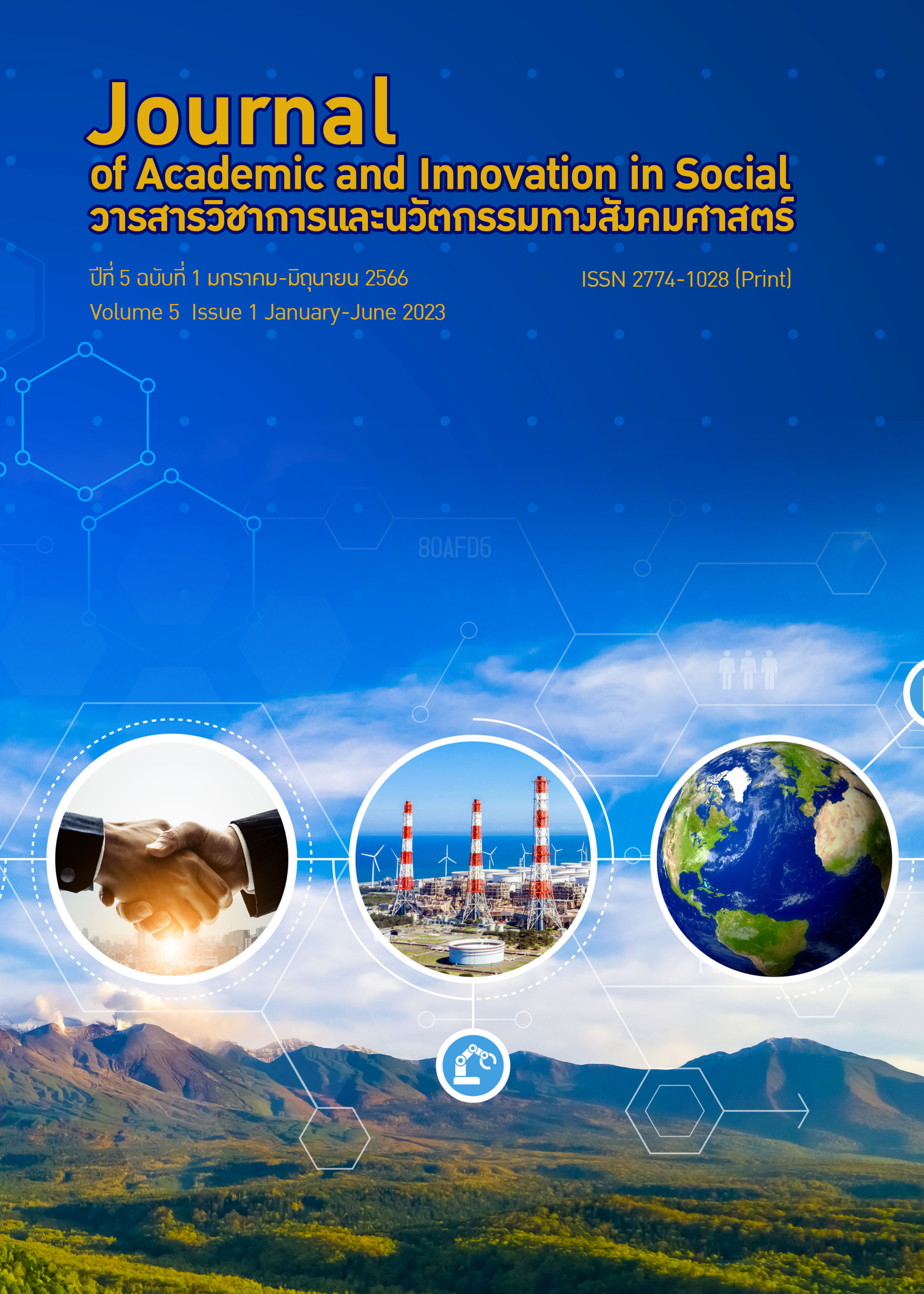Evaluation of the Thinking Skills Development Project of Ban Khai School area officeSecondary Education Chonburi, Rayong
Main Article Content
Abstract
The purpose of this study was To evaluate the thinking skills evelopment project of Ban Khai School Chonburi Secondary Educational Service Area Office, Rayong using the CIPP assessment model Model) according to the concept of Stufflebeam (Stufflebeam. 1983) Assessment in 4 areas namely, the context (Context), the factors (Input), the process (Process) and the output (Product), the samples used in
the assessment were deputy directors, teachers and educational personnel. school
committee and high school students 1-6 The assessment tools were a 5-level Rating Scale questionnaire and a semi-structured interview. Data were analyzed by
frequency, percentage, mean, and standard deviation. and content analysis (Content Analysis) The evaluation results showed that 1. Evaluation of context (Context) The results of the analysis of the project's consistency with the overall context were consistent at the highest level when considering each aspect. It was found that the aspect that was most consistent was On the policy side, the areas with the least consistency were the needs of parents, communities and related agencies. 2. Assessment of factors (Input) The results of the analysis of overall suitability data at the highest level When considering each aspect, it was found that the aspect that was most appropriate was the aspect of personnel, while the aspect that was least appropriate was the aspect of materials, equipment and place and the thinking skills development project. consistent with the problem Necessities of Ban Khai School 3. Assessment of the process (Process) The results of data analysis on the overall level of practice were at the highest level when considering each aspect. The least practiced aspect of computer youth activities was the problem-based learning activities. 4. Product evaluation (Product) output according to the objectives of the project Overall, it was found that was at the highest level when considering each item found that The most successful item is Objective No. 1: To provide students with creative thinking skills. The least successful result is Objective 4 To provide students with innovative thinking skills and achieve results according to the objectives of the project activities. Overall, at the highest level when considering each item, it was found that the most successful activities were natural science education camp activities. and the activity with the lowest average score was Problem-based learning activities


